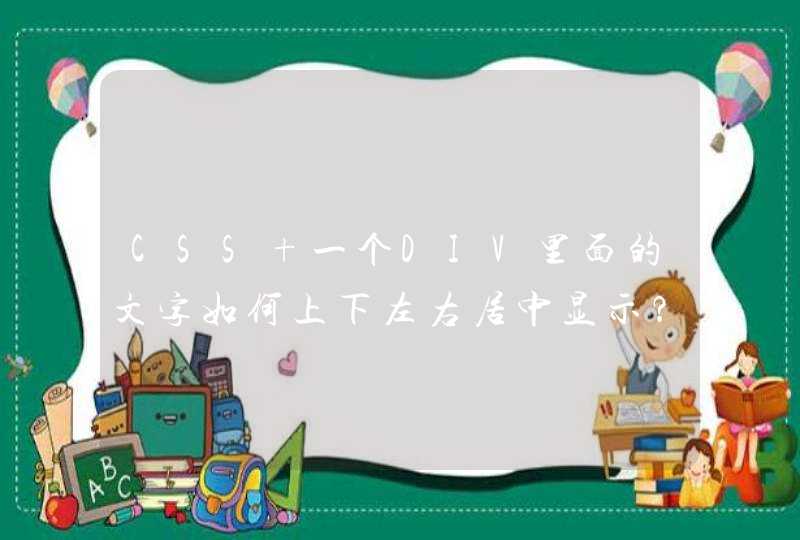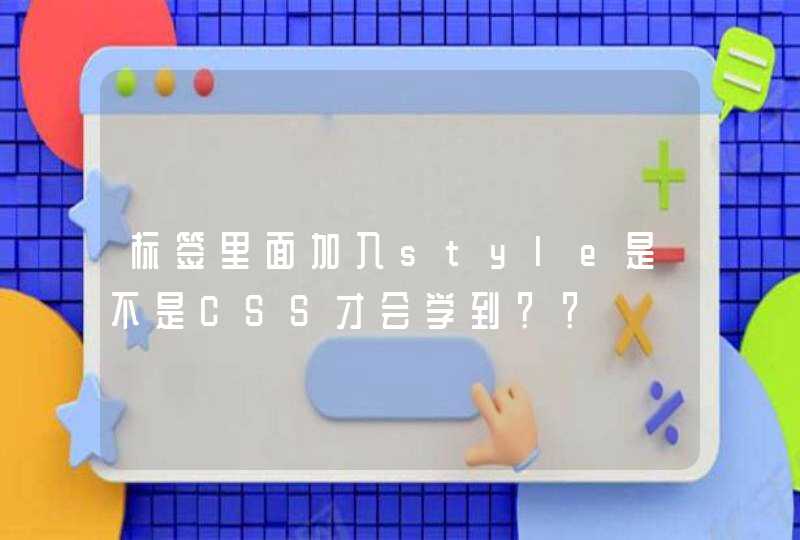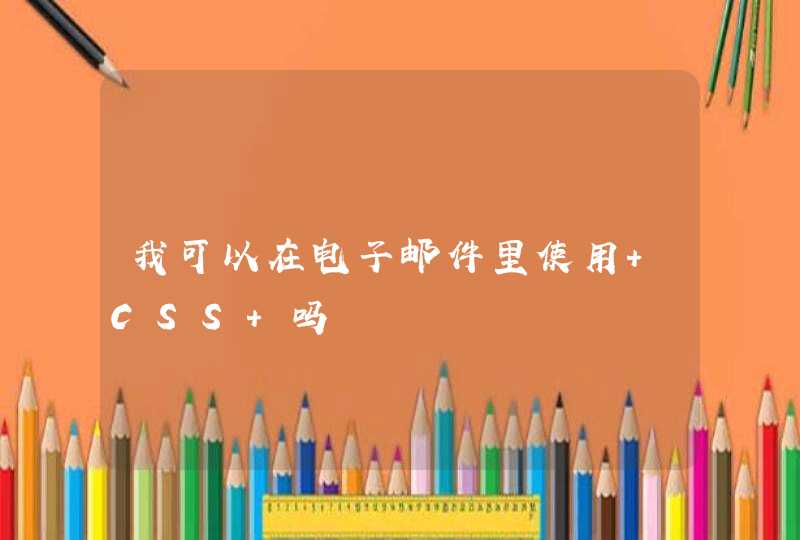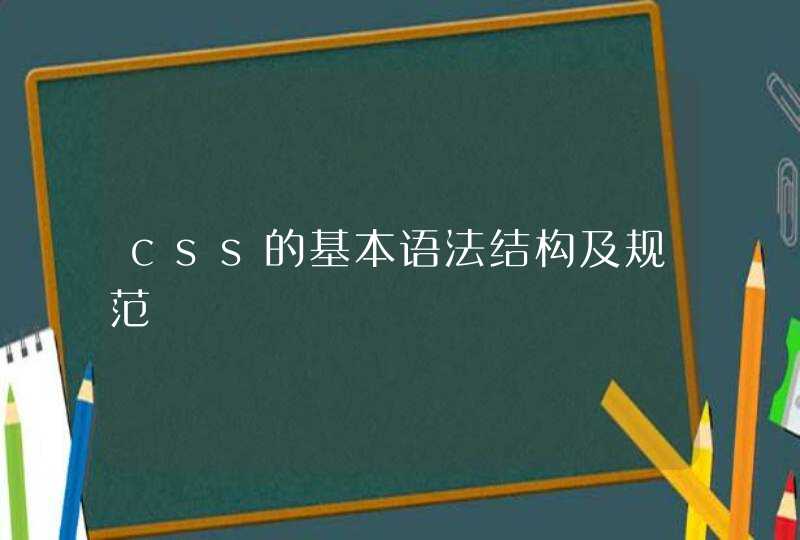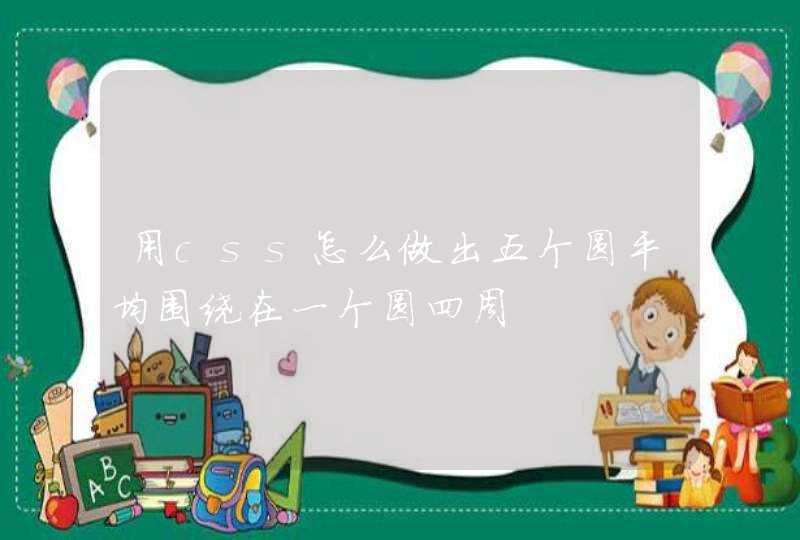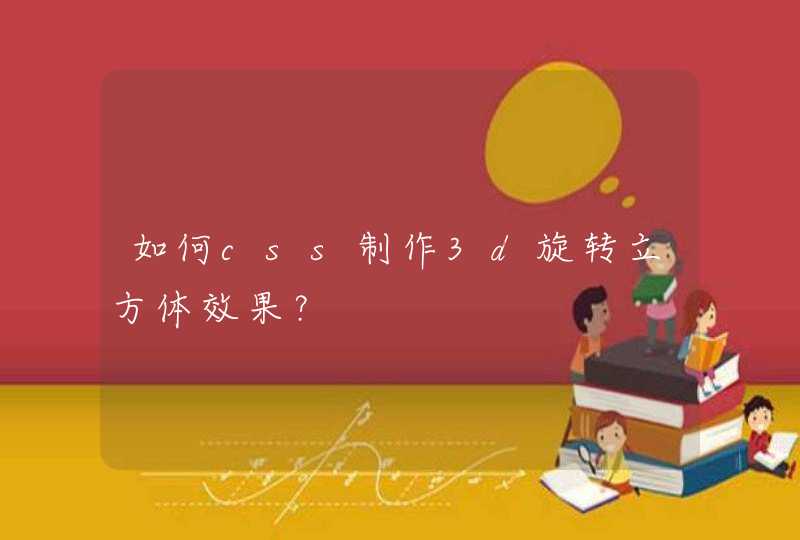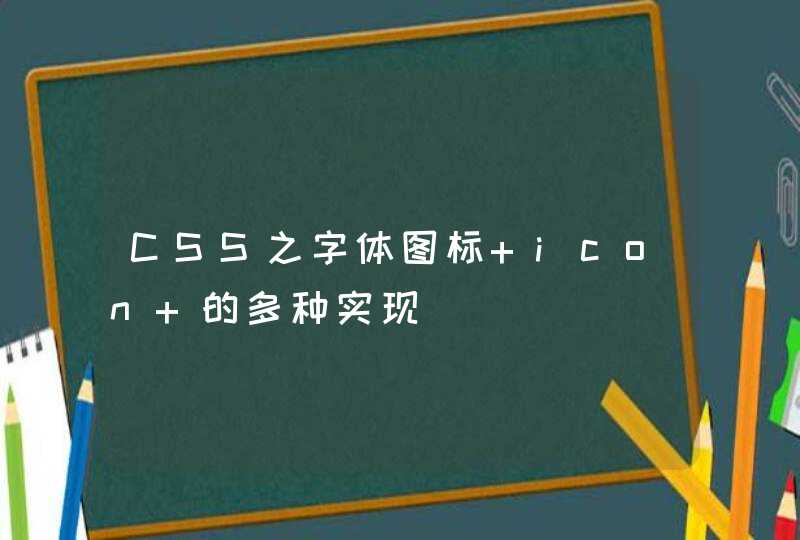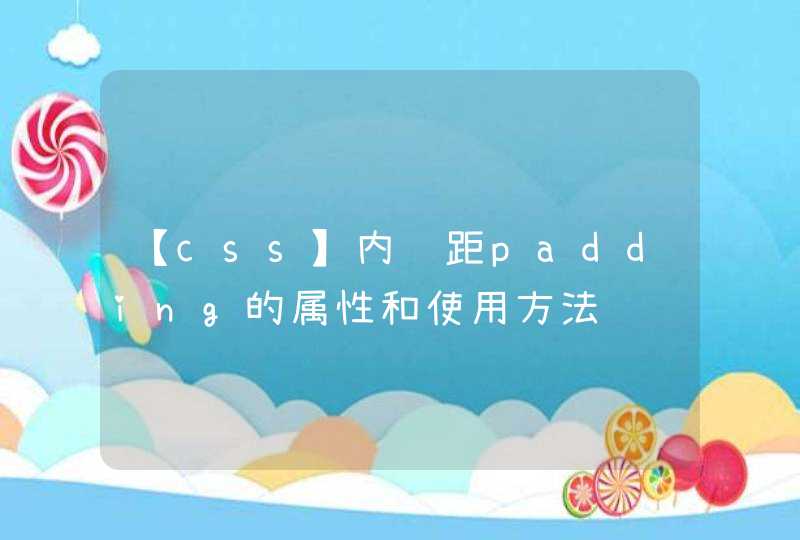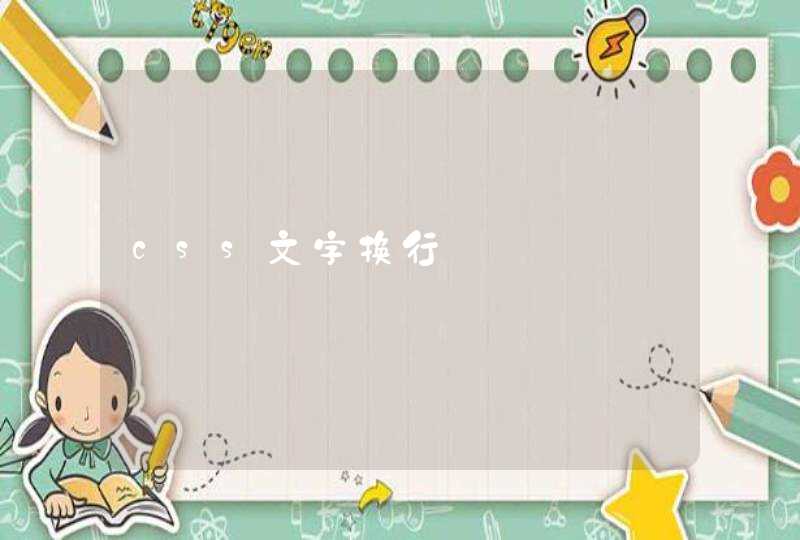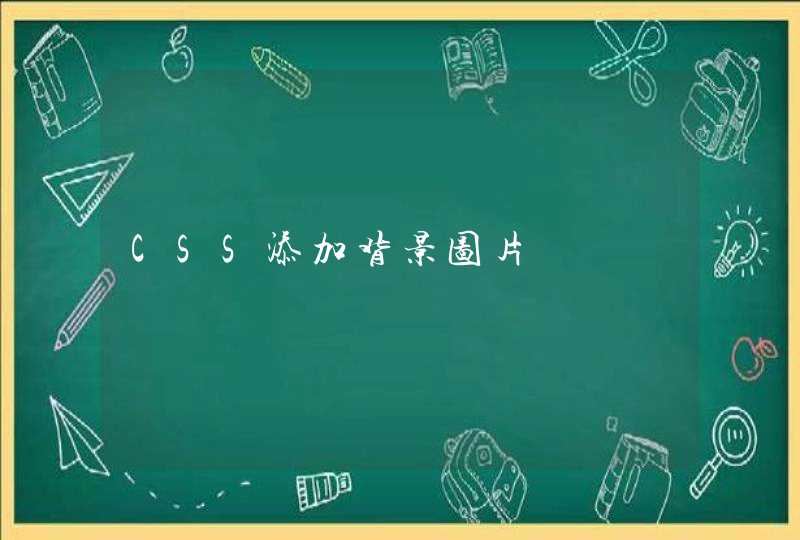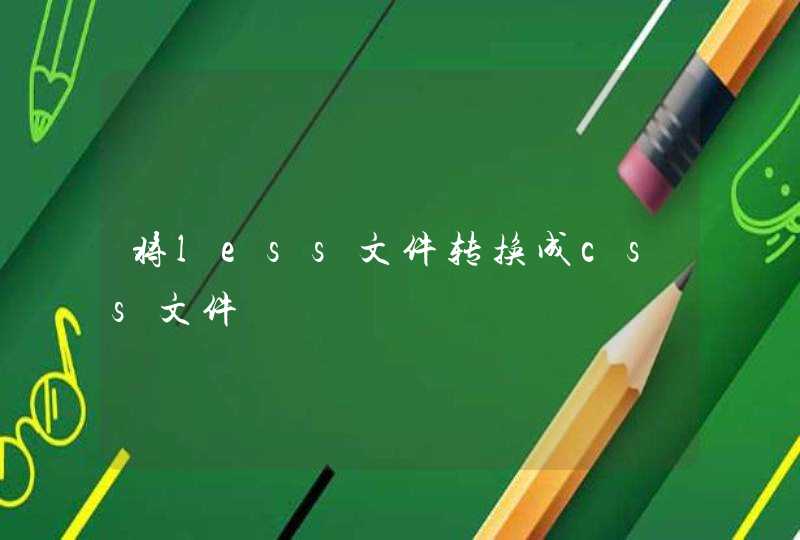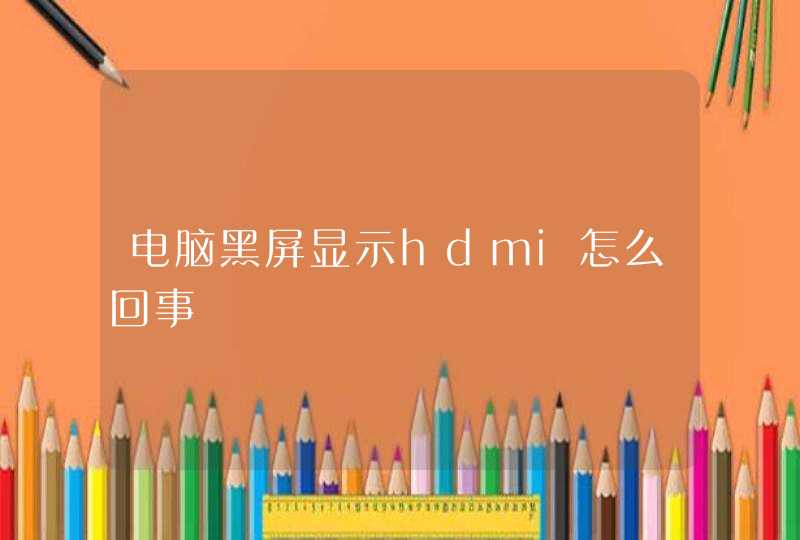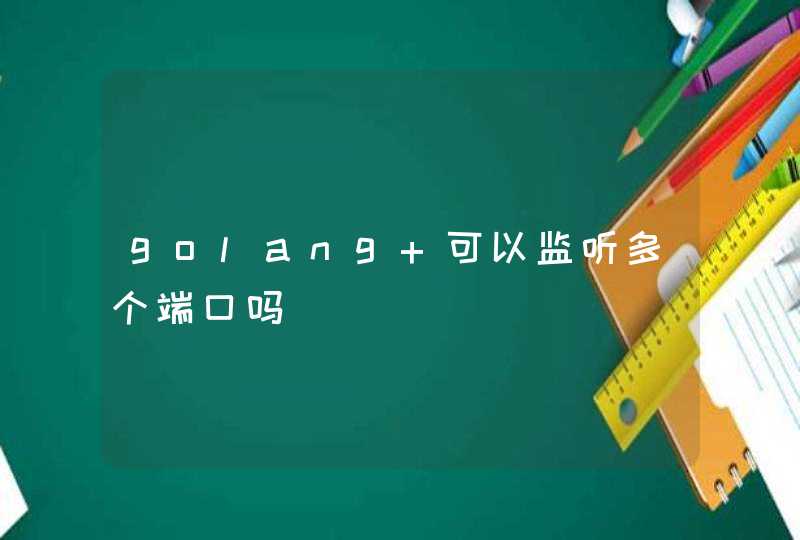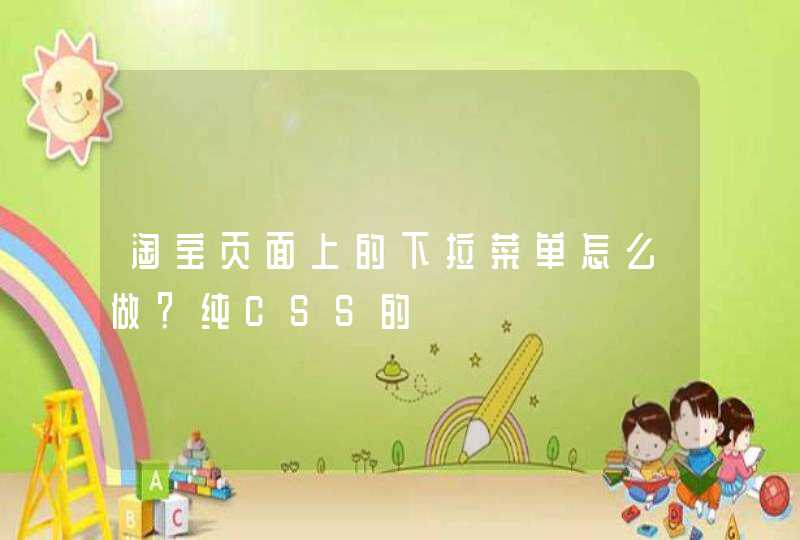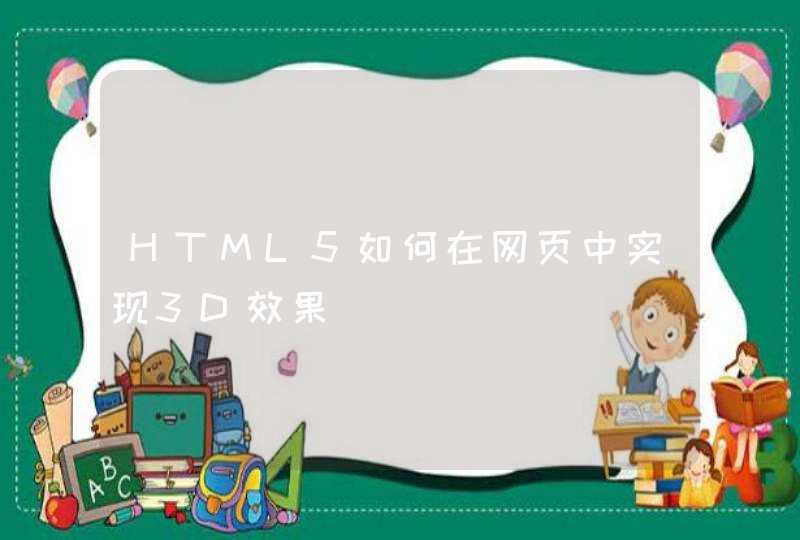
CSS3除了为开发者提供二维变形之外,还将动画从二维平面推动到了三维立体状态,能够实现真正的三维特效。
三维变形和二维变形一样,均使用的是transform属性。想要触发三维变形有两种方式:一种方式是通过语法告知浏览器“请采用三维方式进行变形处理”,另一种方式是直接使用CSS3三维变形的语法。
触发方法1:告知浏览器变形方式
-webkit-transform-style:preserve-3dTips:IE不支持三维变形,在移动端,绝大多数的浏览器均为WebKit内核,因此,在此句代码之前需要书写-webkit-的前缀内核。
Tips:不要为body元素设置-webkit- transform-style: preserve 3d,否则会对position:fixed定位的元素造成布局影响。在开发当中,如果当前元素属于body的子级元素,又希望应用三维变形,则在body和当前元素之间多嵌套一层结构,并为这层元素应用三维变形即可。
触发方法2:直接使用CSS3变形语法
<!DOCTYPE html><head>
<meta charset="UTF-8">
<title>言成科技/title>
<style>
.box1 {
width: 150px
height: 150px
border: 2px solid blue
}
.box1 div {
height: 150px
background: rgba(0, 0, 0, 0.5)
-webkit-transform: translate3d(30px, 60px, 20px) rotateX(30deg)
transform: translate3d(30px, 60px, 20px) rotateX(30deg)
}
</style>
</head>
<body>
<div class="box1">
<div></div>
</div>
</body>
</html>
具体三维变形的具体属性详见《CSS3-3D相关知识详解—视角以及变形方向》
3D效果制作
需求
制作一个立方体,并进行旋转
代码实例
<!DOCTYPE HTML><html>
<head>
<meta charset="utf-8" />
<title>言成科技</title>
<link rel="stylesheet" type="text/css" href="https://css.h5course.cn/reset-1.0.0.css" />
<style>
.main-bac { -webkit-perspective:1500 } /*设定透视距离*/
.main{
width:200px
height:200px
margin: 0 auto
position:relative
-webkit-transform-style:preserve-3d
-webkit-transition:-webkit-transform 2s ease 0s/*过渡时间*/
}
/*基本样式*/
.main p{
position: absolute
margin: 0
padding: 0
width: 200px
height: 200px
text-align: center
line-height: 200px
font-size: 26px
opacity:0.5
}
/*将第一个元素Z轴向前移动100px,形成第一个面(正面)*/
.main p:nth-of-type(1) {
background-color:red
-webkit-transform:translateZ(100px)
}
/*将第一个元素Z轴向前移动100px,绕x轴旋转90度形成上面的面*/
.main p:nth-of-type(2) {
background-color:orange
-webkit-transform:rotateX(90deg) translateZ(100px)
}
/*将第一个元素Z轴向前移动100px,绕x轴旋转-90度形成下边的面*/
.main p:nth-of-type(3) {
background-color:yellow
-webkit-transform:rotateX(-90deg) translateZ(100px)
}
/*将第一个元素Z轴向前移动100px,绕y轴旋转90度形成右侧的面*/
.main p:nth-of-type(4) {
background-color:green
-webkit-transform:rotateY(90deg) translateZ(100px)
}
/*将第一个元素Z轴向前移动100px,绕y轴旋转-90度形成左侧的面*/
.main p:nth-of-type(5) {
background-color:#b435bf
-webkit-transform:rotateY(-90deg) translateZ(100px)
}
/*将第一个元素Z轴向前移动100px,绕y轴旋转180度形成后面(背面)*/
.main p:nth-of-type(6) {
background-color:blue
-webkit-transform:rotateY(180deg) translateZ(100px)
}
/*鼠标移入时绕Y轴旋转180度,绕Z轴旋转180度*/
.main:hover {-webkit-transform:rotateY(180deg) rotateZ(180deg) }
</style>
</head>
<body>
<div class="main-bac">
<div class="main">
<p>言成科技</p>
<p>3D立方体</p>
<p>HTML5学堂</p>
<p>3D立方体</p>
<p>码匠</p>
<p>JavaScript</p>
</div>
</div>
</body>
</html>
代码解析
当鼠标移入的时候,立方体逐渐的发生旋转(非突变),围绕X轴旋转45度的同时,围绕Y轴旋转45度。
当鼠标移出立方体时,立方体恢复到初始状态。在最开始状态时,并没有采用无限远的视角,设置一定的视角,让刚开始时直视立方体时,不会觉得是一个平面。
3D效果制作-目标效果图
以上资料来源:《HTML5布局之路》
HTML5的诞生给web前端界带来了不小轰动,像什么动画旋转、图片滑块、图片轮播等等这些3D特效,也引发了不少朋友想要学习HTML5的好奇心。最近我一直在做canvas动画效果,发现canvas这个东西做动画不是不可以。相对于flash,它太底层。如果有给力的编辑器或者给力的框架的话,它就能发挥出更大的威力。于是决定自己写一个简单一点的动画框架,以便能更方便地构建出一些动画效果。
我将分几个章节来讲述我这个小动画框架的实现:
1.通用类的提取:动画对象与帧对象
2.灵与肉的结合:便于拆卸的运动方程
3.进度条的实现:canvas的图片预加载
4.demo测试:通过一个demo测试框架
这一节我们先来说说通用类的提取。
其实上一篇文章我已经用到了这种从flash借鉴来的思路:一个动画对象(类似flash中的元件),一个帧对象(类似flash中的帧)。动画就是在不断在当前帧上绘制每个动画对象来实现的。有了这两个对象,再加上一些运动方法,我们就可以构建出动画来。
首先我们先来看看动画对象Aniele:
/*
*Aniele动画对象
*所有动画对象的始祖
*/
varAniele=function(){
this.img=newImage()
//定义动画对象位置
this.loca={
x:300,
y:300
}
//定义动画对象的大小(可以实现缩放)
this.dw
this.dh
//动画对象的速度属性
this.speed={
x:0,
y:0
}
//设置对象的透明度
this.alpha=1
//设置图像翻转,1为不翻转,-1为翻转
this.scale={
x:1,
y:1
}
//定动画对象的运动方法库
this.motionFncs=[]
}
Aniele.prototype={
//添加运动方法
addMotionFnc:function(name,fnc) {
this.motionFncs[name]=fnc
},
//删除运动方法
deleMotionFnc:function(name){
this.motionFncs[name]=null
},
//遍历运动方法库里的所有运动方法
countMotionFncs:function() {
for(vari=0i
if(this.motionFncs[i]==null)
continue
this.motionFncs[i].call(this)
}
},
//把自己绘制出来的方法,包括功能:水平翻转
draw:function(canvas,ctx){
//存储canvas状态ctx.save()
//实现透明度的改变
ctx.globalAlpha=this.alpha
//实现水平竖直翻转,定义drawImage的两个位置参数dx,dy
vardx=this.loca.x
vardy=this.loca.y
if(this.scale.x!=1||this.scale.y!=1){
if(this.scale.x<0){
console.log(this.img.width)
dx=canvas.width-this.loca.x-this.img.width
ctx.translate(canvas.width,1)
ctx.scale(this.scale.x,1)
}
if(this.scale.y<0){
dy=canvas.height-this.loca.y-this.img.height
ctx.translate(1,canvas.height)
ctx.scale(1,this.scale.y)
}
}
if(this.dw==null)
this.dw=this.img.width
if(this.dh==null)
this.dh=this.img.height
//画出对象
ctx.drawImage(this.img,dx,dy,this.dw,this.dh)
//恢复canvas状态ctx.restore()
}
}
动画对象的主要属性:
this.img=newImage()我们引入一张图片,依附在动画对象上;
this.loca.x等等图片的大小位置透明度等等,便于绘图时调用;
this.motionFncs=[]这个比较关键,我们给动画对象定义一个运动方法库,把动画对象的运动规则都放在这个运动方法库中统一管理(每个动画对象都有自己的运动方法库);
动画对象的主要方法:
addMotionFnc: 为动画对象的运动方法库中添加一个运动方法;
deleMotionFnc:为动画对象的运动方法库中删除一个运动方法;
countMotionFncs:为动画对象遍历运动方法库中的所有运动方法;
draw:把动画对象画在画布上,这里我们会把画布作为参数传到这个方法里面去,便于绘图;
在draw方法里,我封装了一些对图像的简单操作,这些操作在动画中会经常用到:透明,缩放和翻转。
有了这个,我们就好似获得了flash里的一个元件,我们可以通过修改它的属性来随意改变它。
那么帧对象呢?
帧对象肩负着渲染的任务,并且管理所有动画对象:
/*
*Render渲染对象
*管理所有动画对象和渲染
*参数:画布对象,画布上下文*/varRender=function(canvas,ctx) {
//引入画布
this.canvas=canvas
this.ctx=ctx
//创建一个缓冲画布
this.backBuffer=document.('canvas')
this.backBuffer.width=this.canvas.width
this.backBuffer.height=this.canvas.height
this.backBufferctx=this.backBuffer.getContext('2d')
//所有动画对象
this.aniEles=[]
}
Render.prototype={
//初始化画布int
int:function() {
clearInterval(this.sint)
this.ctx.clearRect(0,0,this.canvas.width,this.canvas.height)
this.backBufferctx.clearRect(0,0,this.backBuffer.width,this.backBuffer.height)
},
//设置开始渲染
begin:function() {
this.lastFrame=(newDate()).getTime()
this.sint=setInterval((function(progra){
returnfunction(){progra.render()}
})(this),SECOND)
},
//主渲染方法
render:function() {
//在画布和缓存画布上清除历史帧
this.ctx.clearRect(0,0,this.canvas.width,this.canvas.height)
this.backBufferctx.clearRect(0,0,this.backBuffer.width,this.backBuffer.height)
//保存当前的实时输出帧率this.ftp
this.nowFrame=(newDate()).getTime()
this.ftp=1000/(this.nowFrame-this.lastFrame)
this.lastFrame=this.nowFrame
//调用每个动画对象的运动方法
for(vari=0i
if(this.aniEles[i]==null)
continue
this.aniEles[i].countMotionFncs()
//把对象绘制到后台缓冲画布上
this.aniEles[i].draw(this.backBuffer,this.backBufferctx)
}
//把后台对象绘制到前台
this.ctx.drawImage(this.backBuffer,0,0)
},
//增加动画对象
addAniEle:function(name,aniEle) {
this.aniEles[name]=aniEle
},
//删除动画对象
deleAniEle:function(name) {
this.aniEles[name]=null
}
}
帧对象的主要属性:
this.aniEles=[]用来存储当前画布上所有动画实例的数组;
大家用过canvas载入图片的应该知道,由于图片的异步载入,动画过程中图片会出现闪烁的现象,为了避免这种现象,我采用了双缓冲。
首先后台创建一个画布:
this.backBuffer=document.('canvas')
this.backBuffer.width=this.canvas.width
this.backBuffer.height=this.canvas.height
this.backBufferctx=this.backBuffer.getContext('2d')
我们所有绘制命令都执行在这个后台画布上,最后把后台画布画在前台画布上:
this.ctx.drawImage(this.backBuffer,0,0)
这种先把图绘在后台画布,再把后台画布复制到前台的方法就叫做双缓冲技术。
帧属性的主要方法:
int:用于初始化画布;
begin:开始动画渲染的方法;
render:主渲染的方法;
addAniEle:为当前帧添加动画对象;
deleAniEle:为当前帧删除动画;
我们利用帧对象的流程是:先为当前帧添加动画对象,然后让当前帧开始渲染。
我写了个正方体的模板,你可以按照你想要的把每个面旋转不同角度就行了
<style type="text/css">html{
font-size:62.5%
}
img{
width:300px
height:300px
}
#stage{
margin-top:200px
margin-left:auto
margin-right:auto
width:300px
height:300px
perspective:1200px
font-size:5em
font-weight:bold
color:#cc00ff
}
.cube{
position:relative
transform:rotateX(-45deg) rotateY(45deg)
transform-style:preserve-3d
transition: all .6s
}
.side{
color:blue
text-align:center
width:300px
height:300px
line-height:300px
position:absolute
background:#cc66ff
opacity:0.5
border:1px solid rgba(117,4,24,0.5)
}
.front{
transform:translateZ(150px)
}
.back{
transform:rotateY(180deg) translateZ(150px)
}
.left{
transform:rotateY(-90deg) translateZ(150px)
}
.right{
transform:rotateY(90deg) translateZ(150px)
}
.top{
transform:rotateX(90deg) translateZ(150px)
}
.bottom{
transform:rotatex(-90deg) translateZ(150px)
}
#stage:hover .cube{
transform:rotateX(-45deg) rotateY(225deg)
transition:transform .6s
}
</style>
</head>
<body>
<div id="stage">
<div class="cube">
<div class="side front"><img src="6.gif" alt="" /></div>
<div class="side back"><img src="2.jpg" alt="" /></div>
<div class="side left"><img src="3.jpg" alt="" /></div>
<div class="side right"><img src="4.jpg" alt="" /></div>
<div class="side top"><img src="5.jpg" alt="" /></div>
<div class="side bottom"><img src="1.jpg" alt="" /></div>
</div>
</div>
</body>





